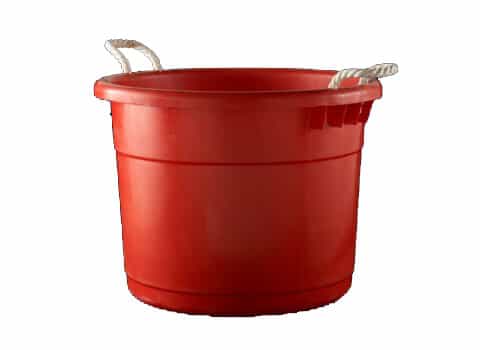I’ve been cooling wort in a water-and-ice bath in the sink for many years – over 200 batches. A few years ago, a leak developed at the basket strainer after brewing. I replaced the plumbers putty that seals around the basket strainer, and it never leaked again. Then a short time ago, a plumber replaced the drain pipes and basket strainer – he used plumbers putty also. Then after six more brew days, it started leaking. It stopped leaking on its own and next brew day I decided to fold a bath towel several times and put it under the kettle to insulate it somewhat. I thought maybe the heat caused it to soften and fail. As usual, I used cold water only for 20 minutes, then ice and water to finish the cooling. I removed the towel after the water-only bath since it had cooled down to 118F. It leaked again.
Today I read in the Fine Homebuilding discussion forum Proper Sink Basket Strainer Installation - Fine Homebuilding that hot water can soften the putty, and it can squeeze out if too much putty is used.
Has anyone had a similar experience and know how to deal with it?
Today I read in the Fine Homebuilding discussion forum Proper Sink Basket Strainer Installation - Fine Homebuilding that hot water can soften the putty, and it can squeeze out if too much putty is used.
Has anyone had a similar experience and know how to deal with it?


















![Craft A Brew - Safale BE-256 Yeast - Fermentis - Belgian Ale Dry Yeast - For Belgian & Strong Ales - Ingredients for Home Brewing - Beer Making Supplies - [3 Pack]](https://m.media-amazon.com/images/I/51bcKEwQmWL._SL500_.jpg)








































